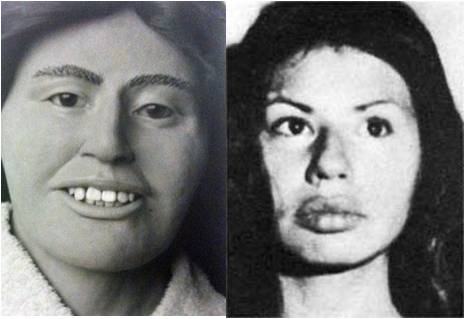At times, forensic investigators have a hard enough time identifying human remains with most of the flesh present. So what happens when the body is mostly or fully skeletonized?
A forensic artist uses the skull and scientific parameters to reconstruct the face of the individual. This is used to compare with missing persons and try to identify them. Since the discipline began, drawings and models using the skull have been used in the process, and there are problems with these practices.
The biggest problem is the subjectivity of the forensic artists, which can also lead to unidentified individuals never being identified because some features can’t be measured osteologically.

A facial reconstruction of Gail Matthews, a victim of the Green River Killer. Her lips were unique and unable to be properly estimated due to decomposition.
3D printing is transforming forensic science and biological anthropology and for the better. Scientists use CT and MRI scans as well as other medical imaging techniques. Using this data, they are able to produce 3D models of bones from a 3D printer. The anatomically correct models are able to show trauma on the bones.
Skeletal remains are not usually entered into evidence in a court of law because it is thought to be too disturbing. These models eliminate the traumatic experience of seeing the dead person’s actual remains. To handle bones in the courtroom can cause degradation to them, destroying evidence. With 3D printing, this doesn’t happen.
This new technology is still being developed and perfected by scientists every day. The future will see increasing applications of forensically applied medical procedures. These applications will become standardized and more accurate over time, eliminating most of the subjectivity that compromises some cases.

Pingback: Is FARO’s ScanArm the future of forensic 3D imaging? | The Telltale Bones